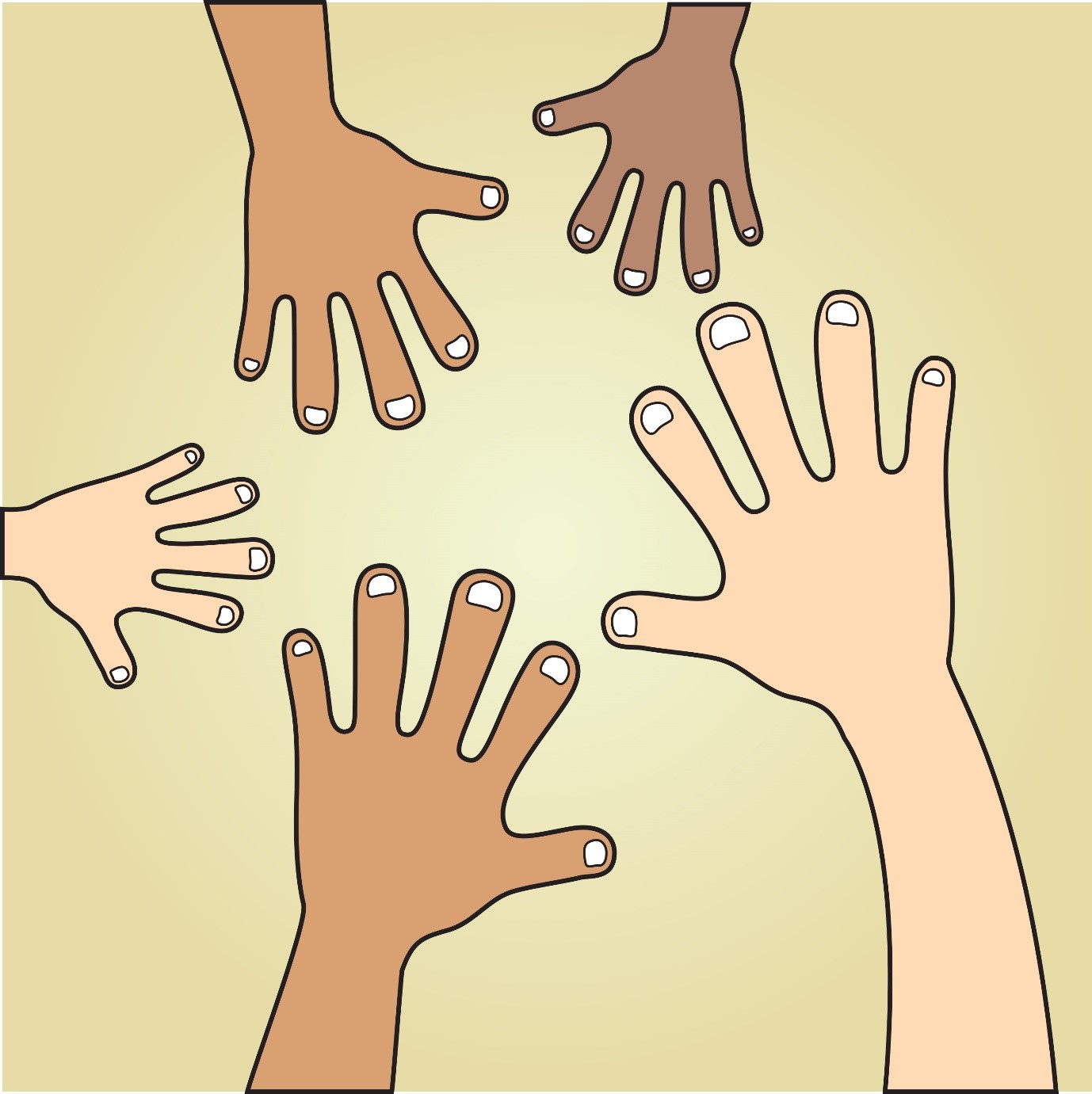No matter how many you have already raised or known, all babies and children have the power to amaze with their abilities as they grow. From learning to crawl to those all-important first words, people watch their children’s development with interest and enthusiasm. One thing which is not always considered during the early months is handedness; as older kids and adults, people often discuss whether they are left or right handed or even ambidextrous – it interests us. But when exactly do we know which hand a child prefers to use? We thought we’d do some research…
The general consensus seems to be that a preference for using one hand over the other does not even begin to emerge until the age of seven to nine months. Even at this stage, it is impossible to come to any real conclusion about handedness, as babies will be exploring with both hands and their preferences will vary – and in many matters, not just hand preference (just when you think you’ve got them figured out…).
By the age of two years it is usually possible to tell whether a child favours their left or right hand – this is useful because left handed children, like their adult counterparts, may benefit from specifically designed items. They may also benefit from additional help with handwriting – because many things were traditionally designed with right-handers in mind. The best way to try and guess handedness at this age – and it is a guess – is to monitor which hand a child uses to reach for objects placed directly in front of them, and to see which hand they use to feed themselves.
Awkwardly, some kids will remain ambiguous in terms of handedness until they’re four to six years old, making the early teaching of skills such as writing more difficult than usual. Luckily, the majority of children will be showing clear signs of a preference by three years.
Below we look at some quick facts about handedness:
- 70 -90% of the population is right handed (globally).
- Approximately 10% of the population is left handed.
- Mixed handedness means preferring to use a different hand for different tasks – this is quite common.
- Ambidexterity means the ability to do any task equally well with both hands.
- Handedness is considered to be at least partly genetic, but due to the complex nature of examining such matters, it is difficult to tell just how heritable handedness is. It is generally thought that if both parents are left handed, there is around a 26% chance that their child will be.
- It is more common for boys to be left handed than girls.

